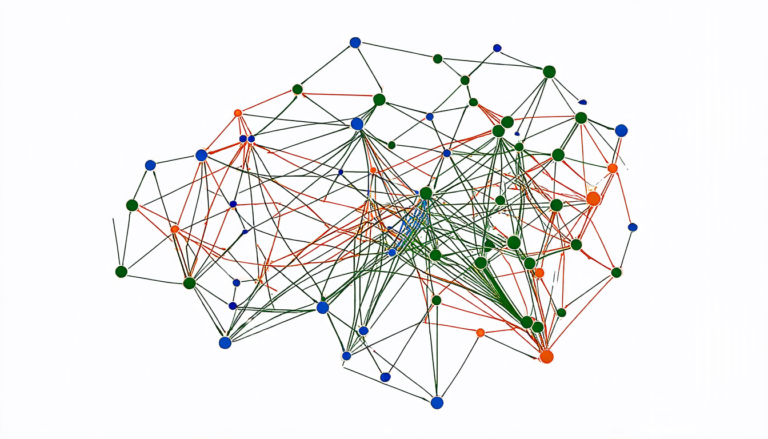Wednesday 16 April 2025
A team of researchers has developed a new method for enhancing low-light images, which could revolutionize the way we capture and share photos in dimly lit environments.
The problem with low-light photography is that it can be difficult to capture clear and well-lit images without sacrificing detail or introducing noise. This is because the camera’s sensor can struggle to gather enough light in low-illumination conditions, resulting in grainy or blurry images.
To address this issue, the researchers created a new framework that combines two key components: a local contrast enhancement network (LCEN) and a global illumination guidance network (GIGN). The LCEN is responsible for enhancing the contrast of individual image patches, while the GIGN provides global guidance to help the LCEN make informed decisions about where to apply adjustments.
The team’s approach is unique because it uses a combination of early stopping mechanisms and global attention guidance modules. Early stopping allows the network to adaptively terminate the enhancement process for patches with varying exposure levels, preventing over-enhancement or under-enhancement. Global attention guidance, on the other hand, helps the network model long-range dependencies and contextual information within the image.
The researchers tested their method on a variety of low-light images and compared it to several state-of-the-art algorithms. The results were impressive, with the team’s framework achieving superior performance in terms of both quantitative metrics (such as peak signal-to-noise ratio) and subjective assessments.
One of the key benefits of this new approach is its ability to handle uneven illumination conditions. In many low-light images, different regions have varying levels of brightness, which can make it difficult for enhancement algorithms to produce consistent results. The team’s framework is able to adapt to these changing conditions by incorporating both local and global information.
The implications of this research are significant, particularly in fields where high-quality imaging is critical, such as surveillance, medical imaging, or astronomy. By improving the ability to capture clear and well-lit images in low-light environments, the team’s framework could have a major impact on our ability to analyze and understand the world around us.
The researchers’ next steps will involve refining their method and exploring its applications in real-world scenarios. They also plan to investigate how their approach can be adapted for use with other types of imaging modalities, such as video or 3D images.
Cite this article: “Revolutionizing Low-Light Image Enhancement: A Novel Framework for Global-Local Illumination Adjustment”, The Science Archive, 2025.
Low-Light Photography, Image Enhancement, Contrast Enhancement, Global Illumination Guidance, Local Contrast Enhancement Network, Global Attention Guidance Modules, Early Stopping Mechanisms, Peak Signal-To-Noise Ratio, Uneven Illumination Conditions, Surveillance Imaging.







